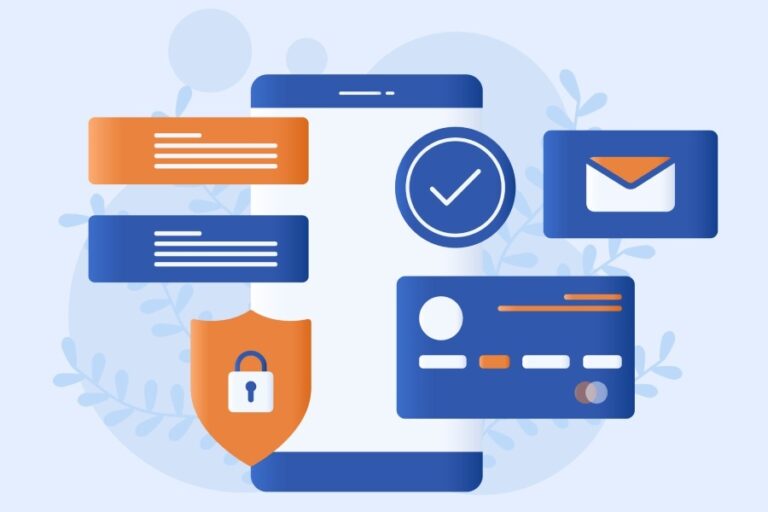Masimo Operations Delayed, Britain Cyberattack Surge, Scotland Co-op Hacked
Hello friends! We are already moving into week 2 of May. As always, we are here with our weekly dose of cyber bulletins. Our ultimate goal is to make you aware and protect you, so that you are away from the clutches of threat actors. This week, we will discuss the cyberattack on Masimo Corporation….










